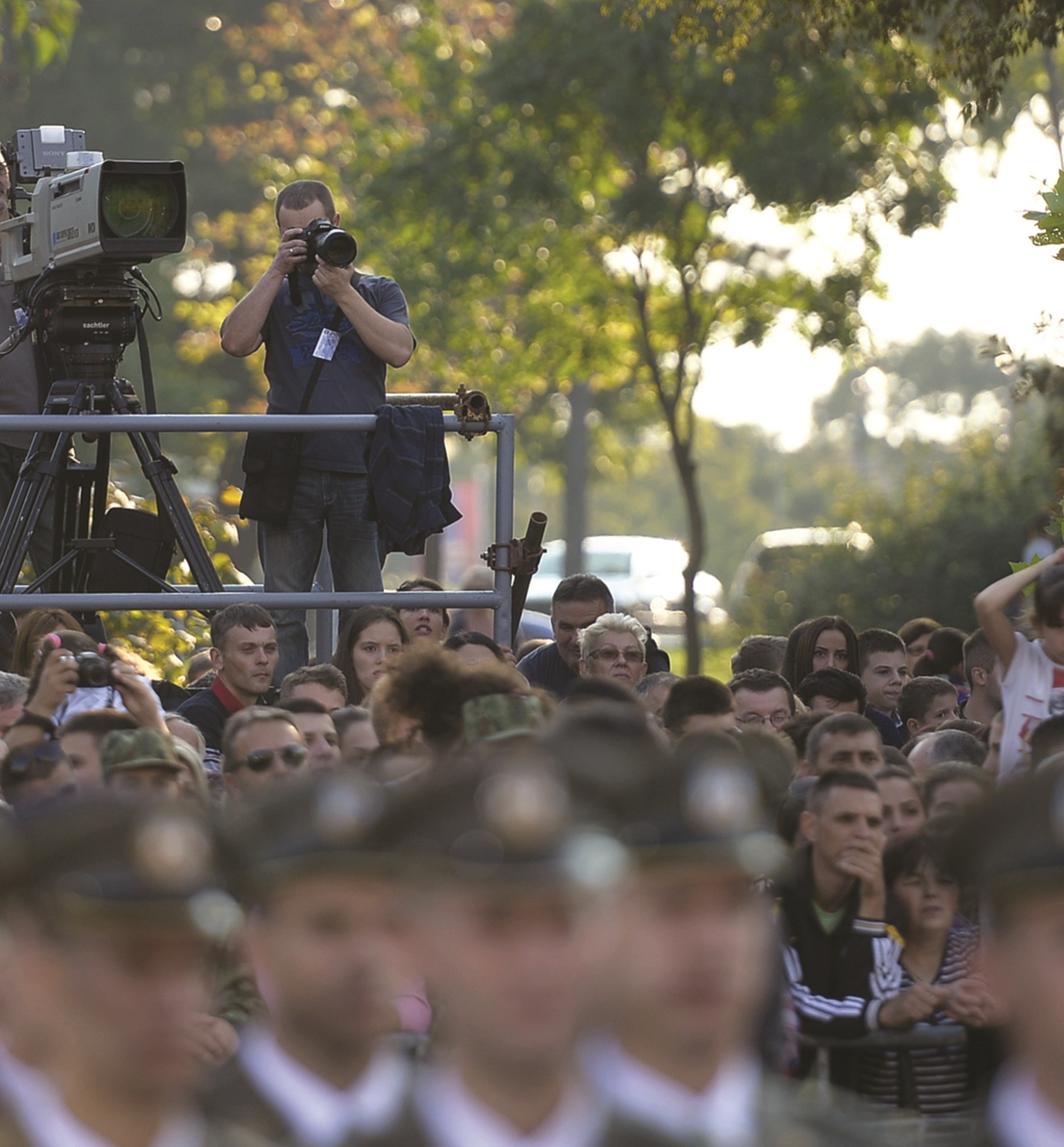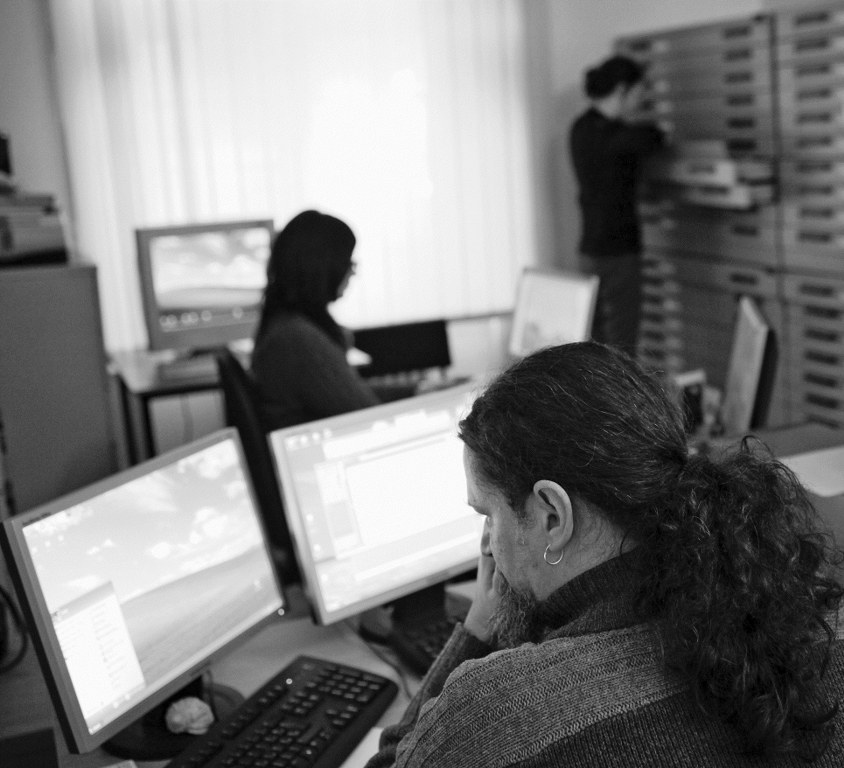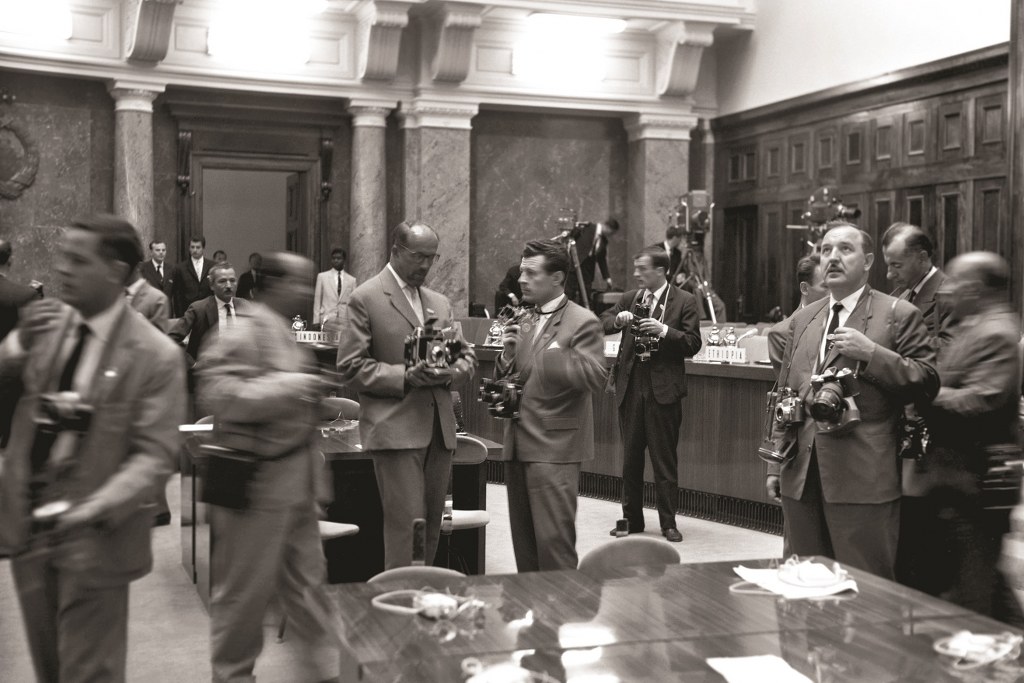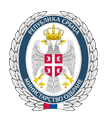- About MoD
Minister and Associates
- Minister
- State Secretary
- Assistant Ministers
- Secretary of the Ministry of Defence
Sectors
- Defence Policy Sector
- Human Resources Sector
- Material Resources Sector
- Budget and Finanance Sector
- Sector for Infrastructure and Hospitality Services
- SAF
- Documents
- Services
- Sport
- Archive
- Contacts
The mark of the unforgotten

The first issue of the military publication National Army was published on 2 October 1945. The texts were, of course, to include good photographs. Reporters went onto their assignments and started writing history in pictures. The photos did not only supplement the journalistic word, but they were also an invaluable chronicler of time. Military reporters peeked into tanks and planes, filmed military exercises and soldiers, and also recorded a variety of cultural and social events, sports, construction of roads, airports, bridges, stadiums - the construction of our country.
Digitization
At the Photocentre, all the photos from 1945 to the present are carefully kept, as required by regulations on preserving archives and films - in a room with no daylight, dirt, and with constant temperature and humidity. Apart from a few exceptions, almost all withstood the test of time. Because the photographers were shooting at each event by more squares, there are no holes in memory. Without these immortal prints on rolls of film a lot of things would have been left forgotten in the whirlwind of changes.
 Being aware of what kind of historical and national treasure it keeps, the Photocentre, with the support of the Jefferson Institute and the Government of the Kingdom of Norway, in 2008, started the digitization of archives. Until now, the photos up to 1959 have been scanned. Digitization, in addition to preventing physical deterioration of materials, enables faster search and opens the archive to the domestic and international public. There is an idea of placing all scanned images on the MoD website in the searchable format and with the ability to purchase them electronically. The policy of the Ministry of Defence is to open the Armed Forces to the public, and photography has a very important role in creating a better view of the defence system and its members.
Being aware of what kind of historical and national treasure it keeps, the Photocentre, with the support of the Jefferson Institute and the Government of the Kingdom of Norway, in 2008, started the digitization of archives. Until now, the photos up to 1959 have been scanned. Digitization, in addition to preventing physical deterioration of materials, enables faster search and opens the archive to the domestic and international public. There is an idea of placing all scanned images on the MoD website in the searchable format and with the ability to purchase them electronically. The policy of the Ministry of Defence is to open the Armed Forces to the public, and photography has a very important role in creating a better view of the defence system and its members.Photographers contribute to enhancing the reputation of the Serbian Armed Forces by skilfully choosing at every event, military or civilian, the right moments that shortly after the end of the event find their place in the Photo Gallery at the website of the Ministry.
Time machine
While black and white photography was current, the military Photocentre had the largest laboratory in the country. With the advent of colour photography the Yugoslav People's Army equipped the Centre with technology with which few others at that time could boast - the most modern machines that could do photos in colour even a meter wide. Every 22 December, exhibitions on the activities of the JPA were staged - fifty most beautiful photos in large format, shot that year, were sent to all our embassies. At that time, we had more than fifty embassies around the world.
 Following the manner of these exhibitions, during the NATO aggression, about fifty black and white photographs were made and sent into the world to show the consequences of the bombing of Serbia and Montenegro. These were the last black and white photos.
Following the manner of these exhibitions, during the NATO aggression, about fifty black and white photographs were made and sent into the world to show the consequences of the bombing of Serbia and Montenegro. These were the last black and white photos.Thanks to the digitization process, Photocentre has hosted four exhibitions in the galleries of the Central Military Club, "May Day parades 1946-1951" (2010), "The first Conference of Non-Aligned Movement in Belgrade in 1961" (2011), "Belgrade 1945-1955 through the lens of military photojournalists "(2012) and "Our wings - airplanes of domestic production in the arms of the Yugoslav and Serbian aviation 1945-2012"(2012).
"We offer you an interesting journey into the past with a time machine, which is driven by only one type of fuel - photography. It is more than a valid document, which cherishes and preserves the time" Andjelija Radovic wrote in the brochure on the exhibition "May Day parades". And it is the truth indeed. If it had not been for photography, the history would, at least visually, have remained a mystery. Archive of the Photocentre of Odbrana Media Centre is a unique testimony on the maturing of our country, which reflects the people and events, fates and times.
Dragana BARJAKTAREVIC
- About MoD
- Jurisdiction
- Organisation scheme
- Description of duties
- Minister and Associates
- Minister
- State Secretary
- Assistant Ministers
- Secretary of the Ministry of Defence
- Sectors
- Defence Policy Sector
- Human Resources Sector
- Material Resources Sector
- Budget and Finanance Sector
- Sector for Infrastructure and Hospitality Services
- Special Internal Units
- Office of the Minister of Defence
- Secretariat
- Military Attorney's Office
- Administrative Bodies within MoD
- Defence Inspectorate
- Military Intelligence Agency
- Military Security Agency
- Autonomous Departments
- Public Relations Department
- Military Healthcare Department
- Higher Education Institution
- Defence University
- Specific internal units
- Inspector General of the Services
- Internal Audit Section
- SAF
- Documents
- Services
- Sport
- Archive
- Contacts

